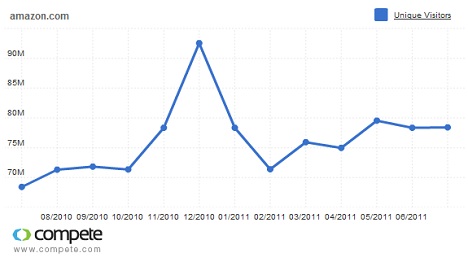September 27, 2011 | In: Technology
How Can I Buy Facebook Stock?
One of my friends asked me earlier today, “How can I buy Facebook stock”? Apparently my friend was so eager to invest in this social revolution that he forgot that he’s not a millionaire (although I wish he was). Now why am I saying that my friend needed to be a millionaire, you might ask?
Well, the reason I’m saying this is that you need to be a millionaire to buy stocks on Facebook, because currently Facebook is trading in some sort of a secondary market that only millionaires have access to, as well as large hedge funds and other investment firms. Facebook is not trading in the public market yet (NYSE, NASDAQ, or AMEX), and probably will not trade in the next year or so (Mark Zuckerberg’s decision to delay the IPO is a wrong one, in my opinion, as the more time it takes for Facebook to become public, the less the hype about it among investors will be, not to mention, of course, that there will be a huge potential that Facebook will be obsolete in a year from now and/or facing stiff competition by a new “jewel” – the same way MySpace was taken by Facebook by surprise).
There is also another way to own Facebook stock, is to get invited by Goldman Sachs to buy Facebook stock through their firm. Just keep your business phone close to you at all times, you don’t know when you might receive a call from Goldman Sachs begging you to invest some of your money in Facebook.
Note that even in this secondary market where Facebook is currently trading, there can’t be more than 500 investors (or is it entities?) owning the stock, otherwise, the company will be forced to make its earnings public and will lose the status of a private company.
Oh, but make sure you know Facebook’s stock symbol first!

